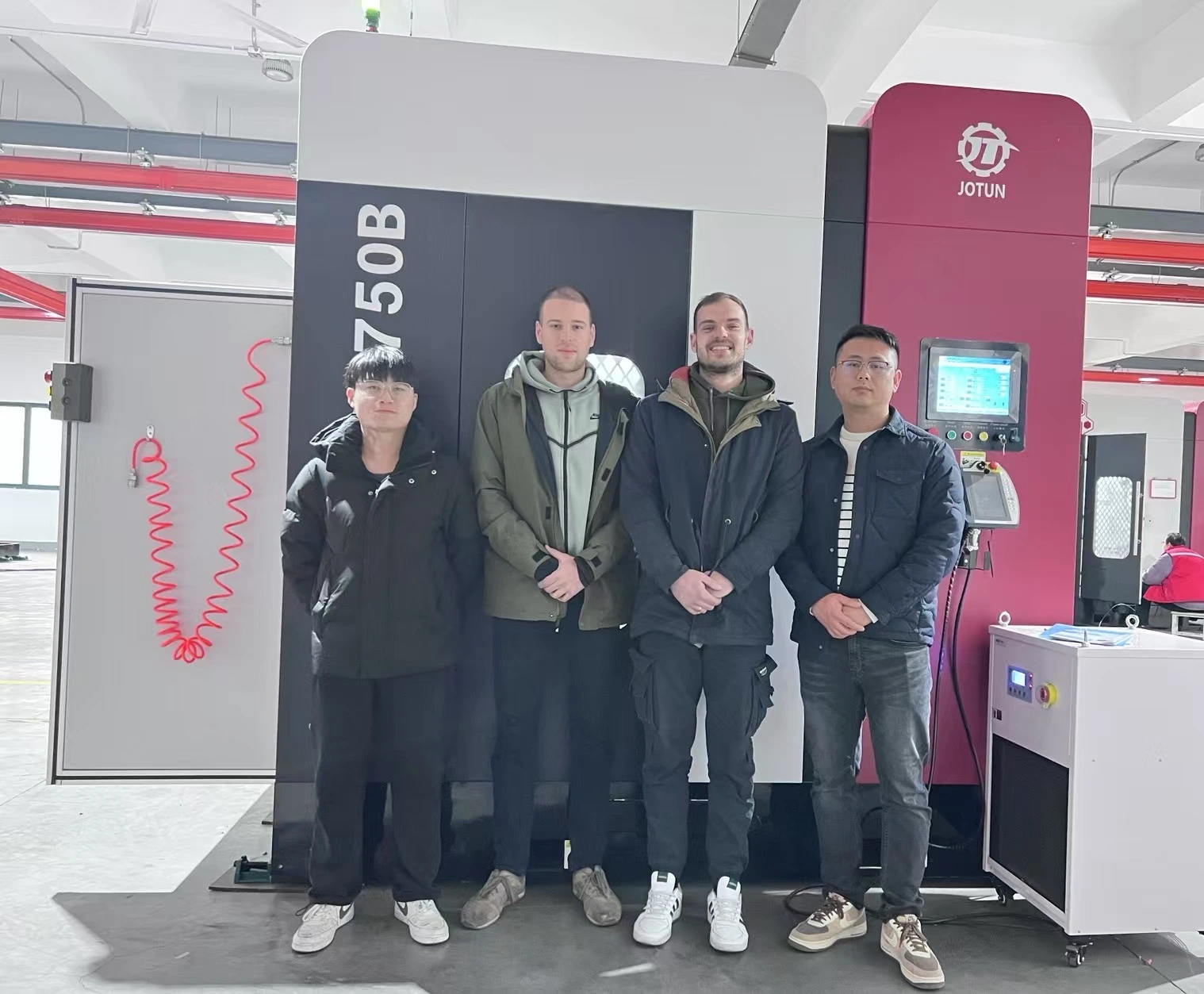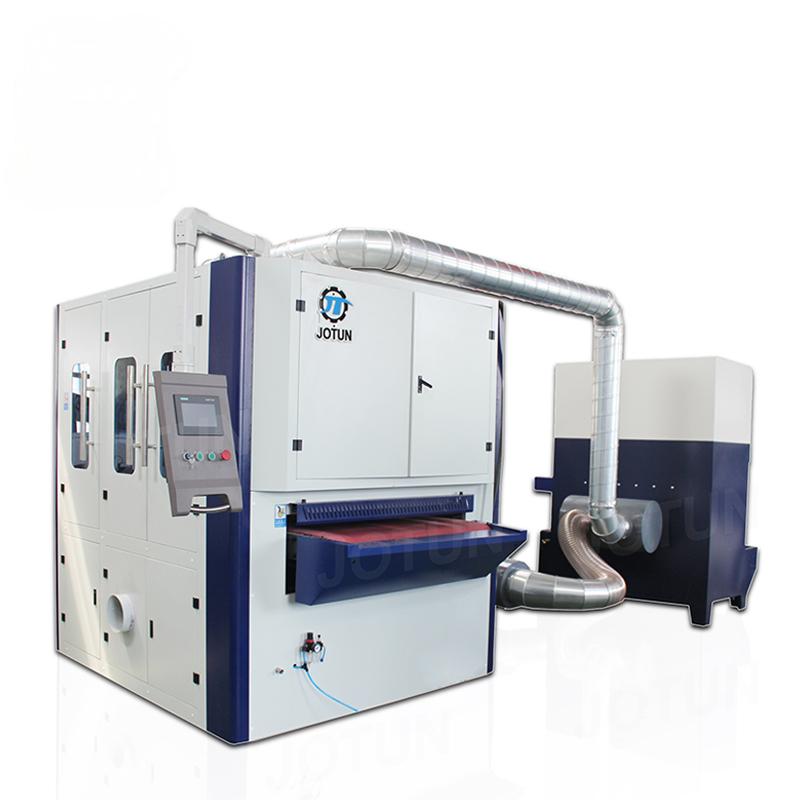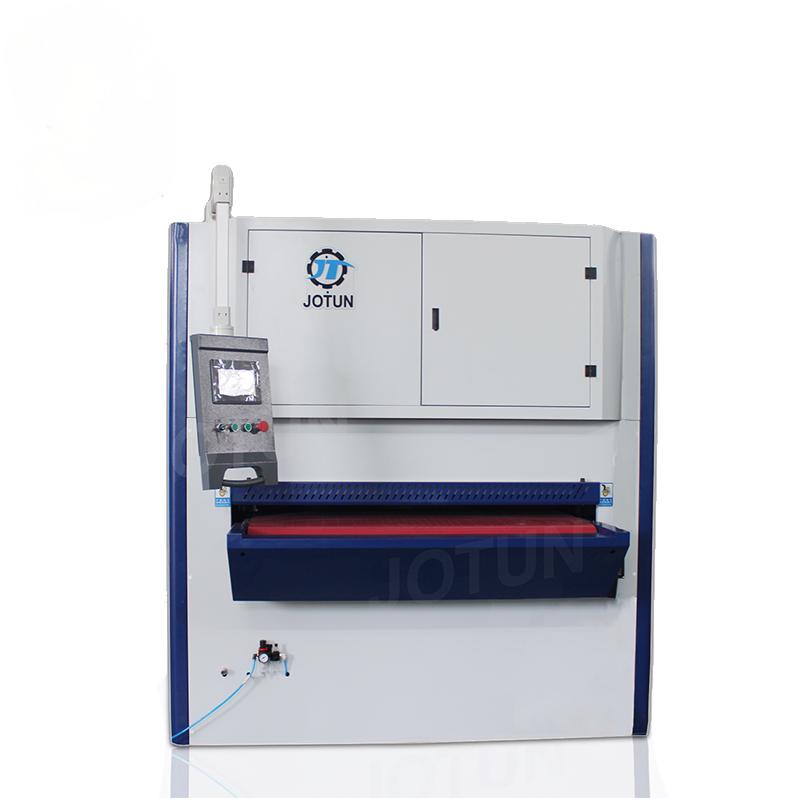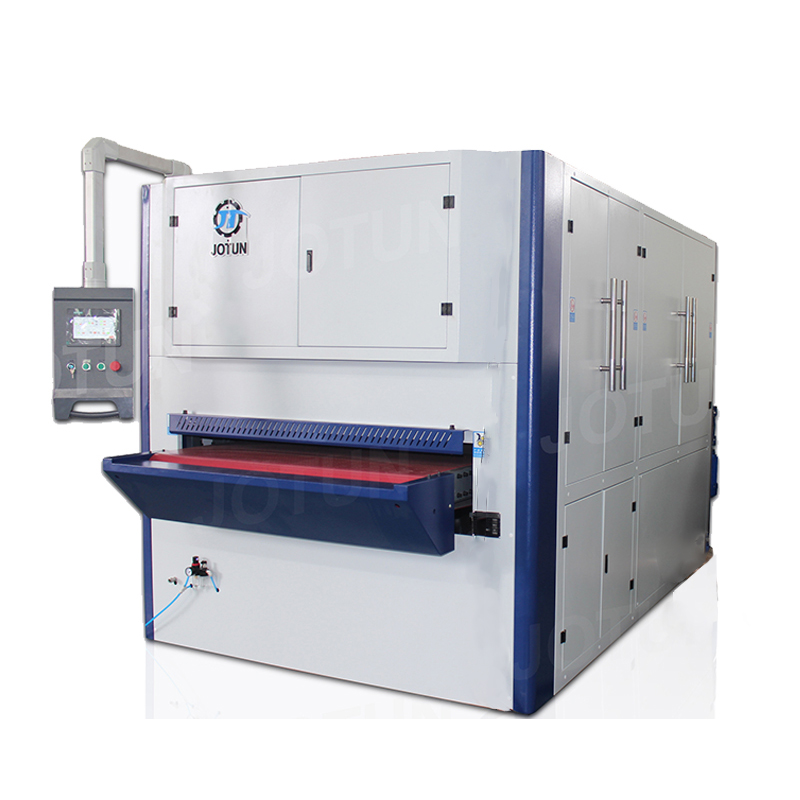Welding positioners are essential equipment in the welding process, as they hold and rotate workpieces to the desired angle, making the welding operation more accurate and efficient. They come in various types and models, each designed for different applications. In this article, we’ll be discussing the types of welding positioners available on the market.
1. Manual Welding Positioners
Manual welding positioners are the simplest and most affordable type of positioners available. As the name suggests, they’re operated manually, which means that the user has to adjust the positioner manually. They’re ideal for light-duty applications in small workshops, where precision and efficiency aren’t a top priority. These positioners usually have load capacities of up to 1,000 pounds.
2. Motorized Welding Positioners
Motorized welding positioners, also known as powered positioners, are the most common type found in workshops and factories. They’re equipped with a motor that rotates the workpiece, making it easier to weld at the desired angle. These positioners come in various sizes and capacities, making them suitable for different workloads. Motorized positioners are ideal for medium to heavy-duty welding applications and can handle loads ranging from 100 pounds to over 100,000 pounds.
3. Headstock Tailstock Positioners
Headstock Tailstock Positioners (HTPs) are designed to hold and rotate cylindrical workpieces. They consist of two sections: the headstock and the tailstock. The headstock is positioned at one end of the workpiece, while the tailstock is placed at the other end, allowing for easy rotation of the workpiece. HTPs offer more stability and support than other positioners, making them ideal for heavy-duty applications.
4. Turntables
Turntables are similar to manual positioners, but instead of tilting workpieces, they rotate them horizontally. They’re ideal for welding circular or ring-shaped workpieces, such as pipes or tanks. Turntables can be manual or motorized, depending on the application and workload. Motorized turntables are more common in industrial settings, where large and heavy workpieces need to be rotated.
5. Multi-axis Positioners
Multi-axis positioners are the most advanced type of welding positioners. They’re capable of moving workpieces in multiple directions, making it easier to weld complex pieces from different angles. These positioners come in various configurations, such as 2-axis, 3-axis, and even 6-axis. They’re usually computer-controlled and require specialized training to operate. Multi-axis positioners are ideal for high-end welding applications in the aerospace and automotive industries.
6. Tilt and Rotate Positioners
Tilt and rotate positioners, also known as “tilt rotators,” combine the capabilities of both manual and motorized positioners. They allow for both rotational and tilting movements, providing greater flexibility in positioning the workpiece. These positioners are commonly used for welding components that require a combination of angled and rotated welds.
7. Adjustable Height Positioners
Adjustable height positioners are designed to provide vertical adjustability in addition to rotational movement. They allow the user to raise or lower the workpiece, enabling comfortable access for welding at various heights. These positioners are particularly useful when working on large or bulky workpieces that may be challenging to weld in a fixed position.
8. Benchtop Positioners
Benchtop positioners are compact and portable welding positioners that are designed to be mounted on a workbench or table. These smaller positioners are suitable for lighter-duty welding tasks, such as small-scale fabrication or hobbyist projects. Benchtop positioners are often adjustable to different angles and offer convenience and flexibility in limited workspace settings.
9. Pipe Welding Positioners
Welding positioners are essential equipment in the welding process, as they hold and rotate workpieces to the desired angle, making the welding operation more accurate and efficient. They come in various types and models, each designed for different applications. In this article, we’ll be discussing the types of welding positioners available on the market.
10. Light-Duty & Heavy-Duty Positioners
Within the categories mentioned above, welding positioners can also be further classified as light-duty or heavy-duty based on their load capacities. Light-duty positioners typically have lower load capacities and are suitable for smaller workpieces and low-volume applications. Heavy-duty positioners are built to handle larger and heavier workpieces in high-demand industrial settings.
Welding positioners are essential equipment in the welding process. They make it easier to hold and rotate workpieces at the desired angle, making welding more precise and efficient. Choosing the right type of positioner depends on the workload, the application, and the budget. By understanding the different types of positioners available, users can make informed decisions and choose the right equipment for their needs.










